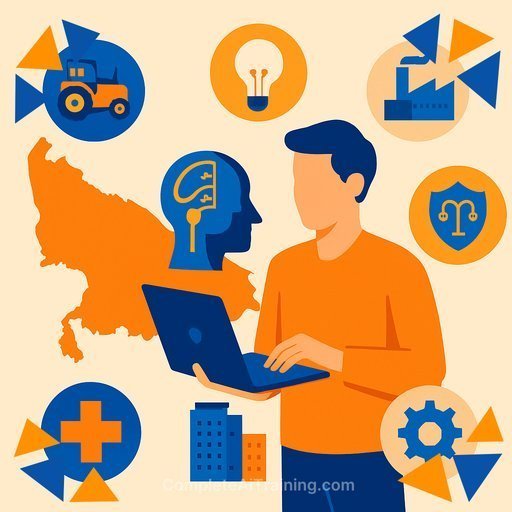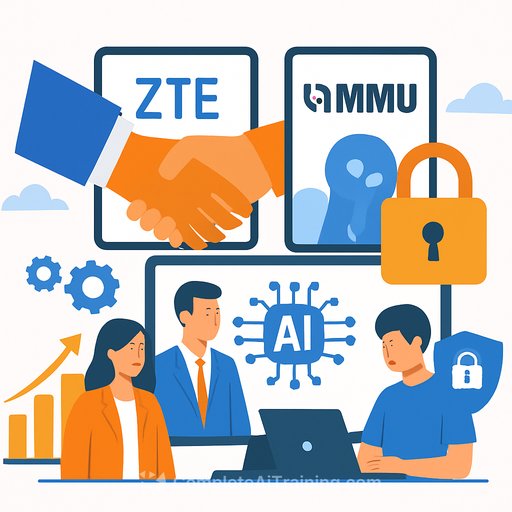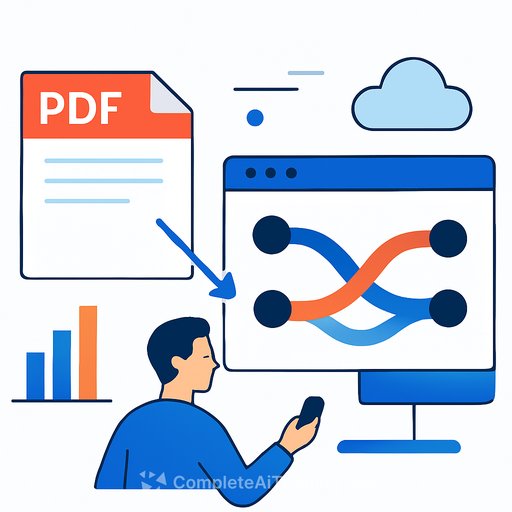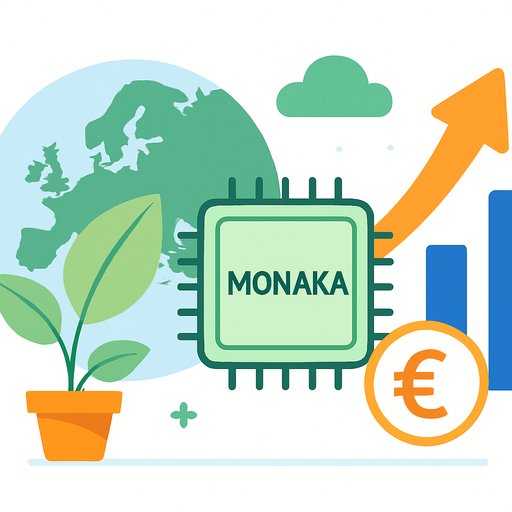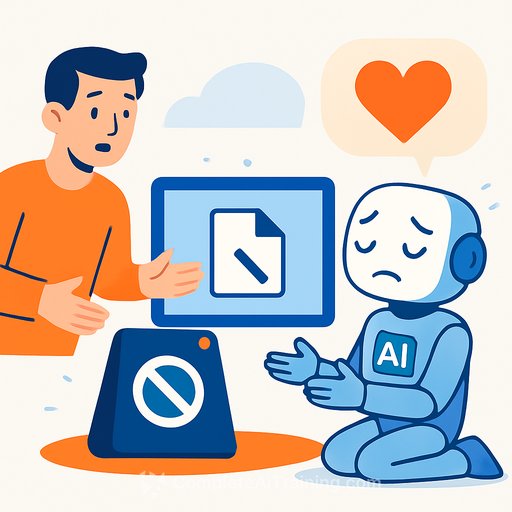By 2030, every IT job will involve AI. Here's how to get ready
A new Gartner poll of 700+ CIOs signals a clear direction: AI will touch all IT work by 2030. Respondents expect 0% of IT tasks to be done by humans alone, 75% to be done by humans augmented with AI, and 25% to be handled by AI without human intervention.
- 0%: Human-only IT work
- 75%: Human + AI collaboration
- 25%: AI-only execution
"AI is not about job loss. It's about workforce transformation," said Daryl Plummer, VP and Distinguished Analyst at Gartner. The message to leaders: stop over-hiring for low-complexity work and move people into higher-value, revenue-driving roles.
That restraint has a practical edge. Gartner also notes that 72% of CIOs say their organisations are breaking even or losing money on AI. To flip the ROI, teams need fewer manual roles, more AI-fluent contributors, and measurable workflows that compound productivity.
What this changes for CIOs and engineering leaders
- Prioritise AI-augmented workflows across software delivery: code generation, review, testing, and documentation.
- Automate L1/L2 support, incident triage, and knowledge retrieval with supervised AI agents.
- Use AI for infrastructure as code suggestions, policy linting, and drift detection.
- Stand up evaluation, monitoring, and governance as first-class functions, not side projects.
Skills that fade vs. skills that matter
Gartner points out that tasks like summarisation, information retrieval, and translation become less important as AI handles them well. As Alicia Mullery, VP Analyst at Gartner, put it, AI skills make you a better thinker, communicator, and motivator - not just faster at tasks.
- Less critical over time: summarising content, generic research, basic translation, routine documentation.
- Build now: AI-native problem framing, prompt and API design, model selection and evaluation, data quality and lineage, AI risk and policy, orchestration patterns, human-in-the-loop design, clear technical communication.
For reference, see Gartner's AI guidance and research updates: Gartner AI insights.
90-day action plan for CIOs and heads of engineering
- Days 0-30: Freeze hiring for low-complexity roles. Identify top 5 workflows to augment with copilots and agents. Define success metrics (cycle time, defects, tickets resolved, MTTR).
- Days 31-60: Pilot AI in code, test, and support. Stand up evaluation and guardrails. Reassign 10-15% of talent to revenue-facing initiatives (e.g., AI-assisted customer onboarding, sales engineering, data products).
- Days 61-90: Scale what performs. Formalise AI skills matrix and compensation paths. Tie budget to measured productivity lift and unit-cost reductions.
For developers and engineers: how to stay valuable
- Ship with AI daily: generate tests, write first drafts, refactor, and document with a copilot - but verify everything.
- Get good at problem decomposition and prompting tied to specs, not vibes.
- Learn evaluation basics: golden sets, regression checks, hallucination detection, and prompt versioning.
- Know your data: schemas, lineage, PII handling, and how your prompts touch production systems.
- Build a small portfolio: a support triage bot, a test generator, an internal doc assistant - measurable impact beats buzzwords.
If you're upskilling, explore role-focused tracks and certifications: AI courses by job or the AI certification for coding.
The takeaway
AI is about leverage. CIOs who curb low-value hiring, move people into revenue work, and build AI skills into everyday delivery will see the gains first. The rest will be stuck paying for tools that never change how the work gets done.
Your membership also unlocks:

